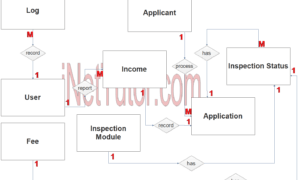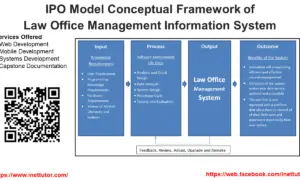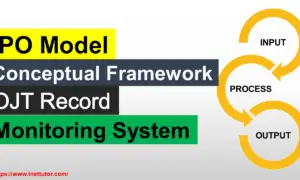IoT-based Fish Pond Water Monitoring System Conceptual Framework
Dive into the future of aquaculture management with our latest blog post on the “IoT-based Fish Pond Water Monitoring System Conceptual Framework.” Imagine a world where fish pond owners can effortlessly ensure optimal water conditions for their aquatic inhabitants, all thanks to the power of Internet of Things (IoT) technology. In this blog post, we embark on an exciting journey through the conceptual framework of a groundbreaking project that marries technology, sustainability, and aquatic well-being. Join us as we explore how this innovative system, guided by a robust conceptual framework, is poised to revolutionize fish pond management, making it more efficient, data-driven, and environmentally conscious than ever before.
About the Project
Table of Contents
Water quality plays a vital role in the success of fish farming, aquaculture, and even ornamental fish ponds. Poor water quality can lead to stressed or diseased fish, stunted growth, and in severe cases, mass mortality. Thus, regular monitoring of water parameters is essential to ensure a hospitable environment for fish to thrive. Maintaining a healthy aquatic environment is paramount for the well-being of fish and other aquatic organisms in ponds. The delicate balance of water quality directly affects the overall health and growth of aquatic life. In recent years, technological advancements have led to the development of Fish Pond Water Monitoring Systems, revolutionizing the way pond owners and aquaculture professionals manage and safeguard their aquatic ecosystems. In this study, the researchers aimed to developed a Fish Pond Water Monitoring System that will maintain the quality of the water using advance technology. By providing real-time data on essential water quality parameters, these systems empower pond owners to maintain optimal conditions for fish and other aquatic life.
Objectives of the Study
The general objective of the research study on the IoT-based Fish Pond Water Monitoring System is to design, develop, and implement an innovative technological solution for monitoring and maintaining optimal water conditions in fish ponds. This system aims to enhance the efficiency and productivity of aquaculture practices while ensuring the well-being of aquatic life.
- Create an interconnected sensor network for constant monitoring of critical water quality parameters in fish ponds.
- Establish real-time data collection and transmission from multiple pond locations to a centralized platform.
- Analyze water quality trends and patterns to detect potential problems and explore interparameter correlations.
- Implement automated alert systems for timely notifications to pond owners, ensuring proactive management.
What is a Conceptual Framework?
A Conceptual Framework is a structured model that outlines the key concepts, variables, relationships, and methodologies relevant to a research project or study. In the context of a capstone project, it serves as a foundational blueprint, aiding in defining the project’s scope, objectives, and methodology.
In the development of an IoT-based Fish Pond Water Monitoring System, a Conceptual Framework plays a pivotal role. It helps in several ways:
- Defining Scope: It assists in outlining the scope of the system, such as the specific water quality parameters to monitor, the types of sensors to use, and the extent of data collection and analysis.
- Guiding Research: It provides a structured approach to research, aiding in the exploration of existing technologies, relevant scientific literature, and best practices in water quality monitoring.
- Methodology Design: The Conceptual Framework aids in designing the methodology for data collection, transmission, and analysis. It guides decisions regarding sensor placement, data processing algorithms, and communication protocols.
- Problem Solving: It helps in identifying potential challenges and issues that may arise during system development, allowing for proactive problem-solving and risk mitigation.
- Objective Clarity: By defining specific objectives and relationships between variables, it ensures that the project remains focused and aligned with research questions.
- Efficiency: It contributes to the efficient use of resources by preventing unnecessary detours or diversions in the project’s direction.
Conceptual Framework Diagram
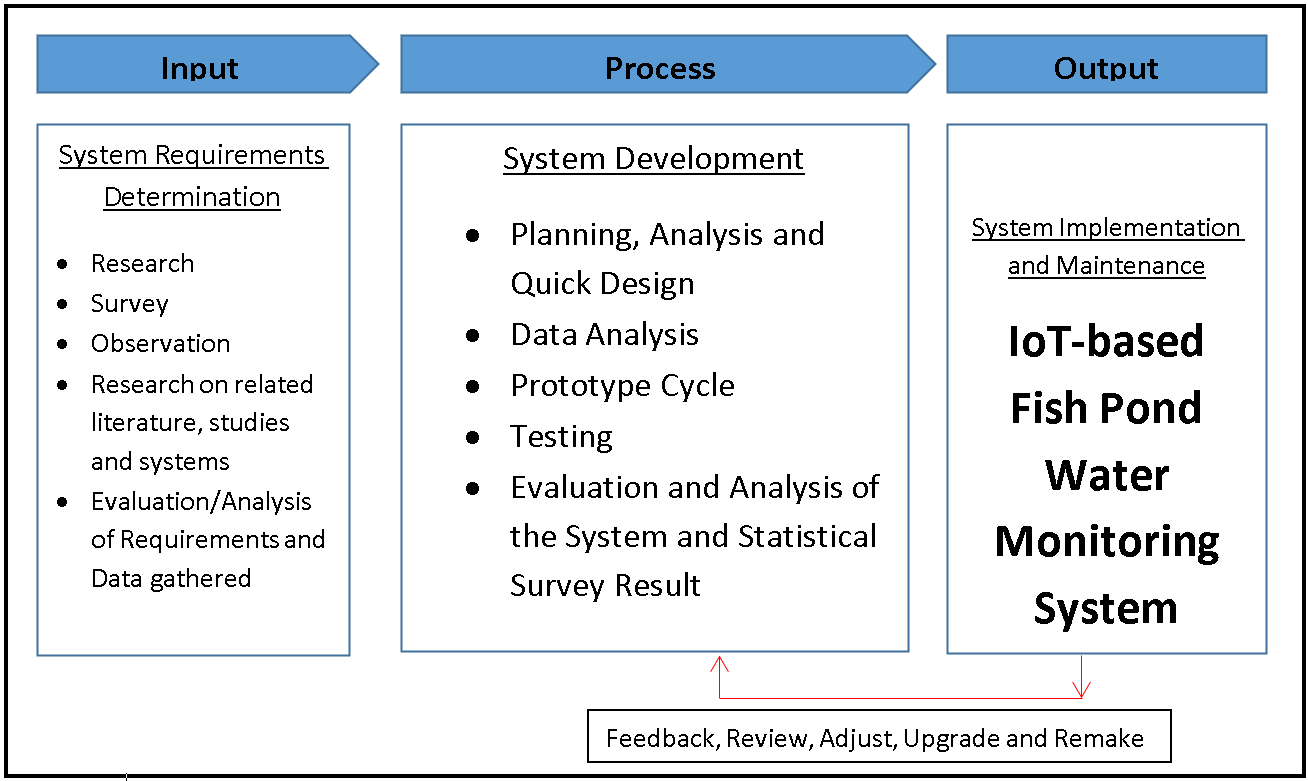
The image above depicts the project’s conceptual framework, entitled IoT-based Fish Pond Water Monitoring System. It is based on the input, process, and output (IPO) model.
Input
The project will start with an appraisal of the current approach, then go on to research, surveys, and observations. In addition, the researchers must collect important publications and systems to serve as a guide for the project’s advancement. After this process is completed, the researchers will review and analyze the requirements and data collected.
Let’s break down the components of the input phase in the conceptual framework of a project:
- Research: Research involves a systematic investigation and exploration of the topic or problem at hand. It typically includes gathering information, data, and knowledge relevant to the project. Research can be conducted through various methods such as literature review, experiments, interviews, and data collection. Its primary purpose is to gain a deep understanding of the subject matter, identify existing gaps or problems, and gather insights that can inform the project’s objectives and direction.
- Survey: A survey is a method of data collection that involves the use of questionnaires or interviews to gather information from a sample of individuals or entities. Surveys are used to collect specific data points or opinions from respondents. In the context of a project’s input phase, surveys can help in understanding user preferences, needs, and perceptions. They provide quantitative or qualitative data that can guide decision-making and project design.
- Observation: Observation entails systematically watching and recording events, behaviors, or phenomena. It is a method of data collection that involves direct visual or sensory inspection. Observations can be used to gather information about real-world situations or behaviors. In project development, observations help in understanding how things work in practice and can provide valuable insights into user behaviors and system performance.
- Research on Related Literature, Studies, and Systems: This component involves a comprehensive review of existing literature, academic studies, and similar systems or projects related to the topic of the project. It aims to identify what has already been done in the field, what lessons have been learned, and what solutions or technologies have been developed. Researching related literature and systems helps project teams build on existing knowledge and avoid reinventing the wheel.
- Evaluation/Analysis of Requirements and Data Gathered: Once data is collected through research, surveys, and observation, it needs to be evaluated and analyzed. This step involves assessing the gathered data for relevance, accuracy, and completeness. Data analysis aims to extract meaningful insights, patterns, and trends that can inform the project’s objectives and requirements. Evaluation ensures that the project is grounded in solid data and aligns with user needs and project goals.
Process
Analysis and Quick Design
The researchers conducted a personal interview with the respondents and the chosen client where the study was conducted during Analysis and Quick Design. Respondents were given the opportunity to make suggestions on how the system should be designed. Following data collection, the researchers created an initial design for the proposed system.
Data Analysis
All data, user requirements, and information will be analyzed by the researchers. This phase also allows the researchers to gain an understanding of how to build the system and how the suggested system would benefit the clients.
System Design
The researchers will begin work on the proposed system. It contains the design; how the system would look depending on user requirements, and any personal design that the researchers/programmers would like to add to make the system more interactive and user pleasant.
Prototype Cycle
This stage will consist of the researchers’ data being compiled, built, demonstrated, and refined. The researchers create a prototype first, based on the planned design and data tables. The prototype will be shown to the client after it has been built. The researchers demonstrate the system’s operation, the flow of how it operates, and the functions of the system’s features. The next stage is refining, in which the researchers will fine-tune the system based on the client’s extra requirements. Changes to the features flow and functionalities will be made based on the needs.
Testing and Evaluation
This will include the feed backing of the proposed system after it will be implemented and had undergone testing by three Experts. It will also inform the researchers and the developer if there are any bugs, suggestion and if the system’s functionality will work well.
This will discuss the implementation of the proposed system wherein Three (3) Experts will evaluate the proposed system. This will also discuss if the recommended functions and suggestion are met.
Output
The output phase of the IoT-based Fish Pond Water Monitoring System project signifies the shift from planning to practical implementation. It commences with the meticulous construction and assembly of the system’s components, including IoT sensors, communication infrastructure, and data processing units, adhering closely to the project’s design specifications. Following this, the system is deployed in the live environment, which is the fish pond, with sensors strategically positioned to monitor critical water quality parameters in real time. Rigorous testing and calibration processes are essential to ensure precise measurements and the seamless operation of the entire system. Subsequently, user training becomes paramount as individuals, including pond owners and operators, are familiarized with the system’s interface and data interpretation tools. The system’s ongoing performance is actively monitored, with prompt troubleshooting of any deviations or technical issues. Furthermore, the flexibility for system updates and upgrades is considered to keep pace with evolving technology and user needs. Ultimately, the collected data is harnessed for informed decision-making in fish pond management, aiding in optimizing conditions for fish health and growth.
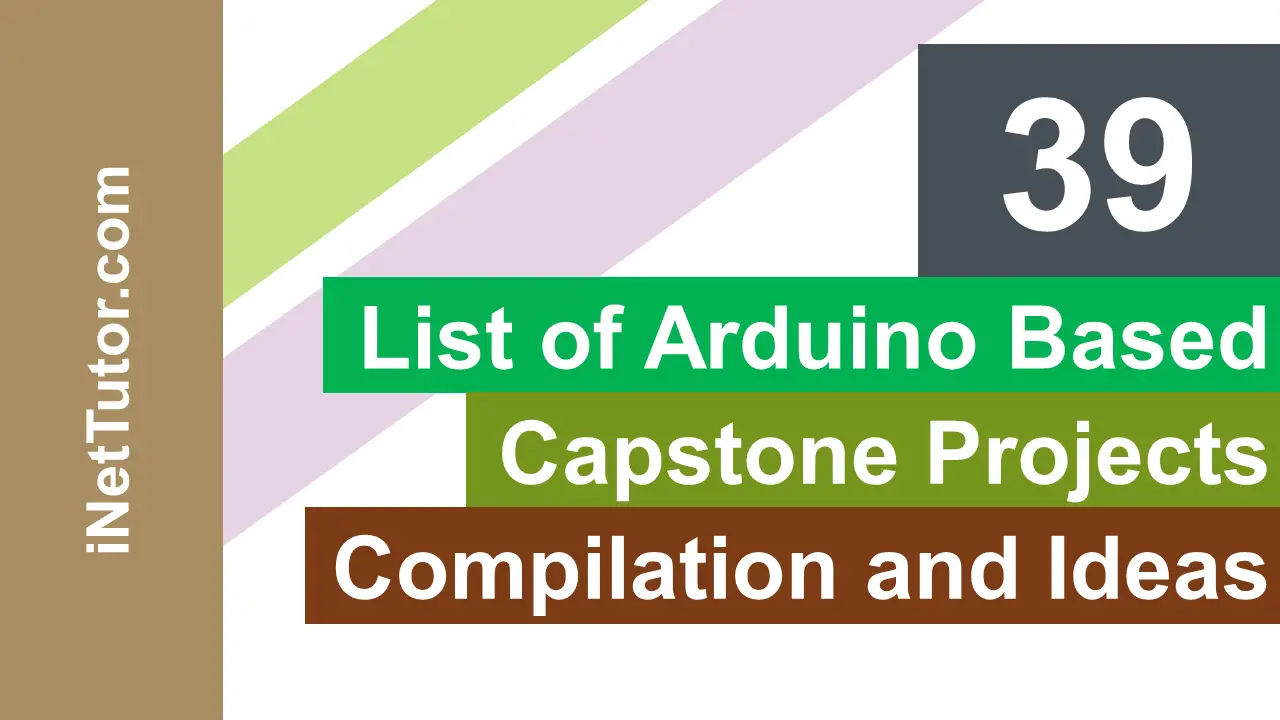
Summary
The blog post explores the IoT-based Fish Pond Water Monitoring System’s conceptual framework using the Input-Process-Output (IPO) model. It begins by detailing the Input phase, where comprehensive activities like research, surveys, observations, literature review, and data assessment form the project’s foundation. These inputs guide the subsequent phases. The Output phase takes the spotlight, emphasizing the practical implementation of the system. It includes sensor installation, testing, user training, continuous monitoring, and system updates, all aimed at ensuring seamless operation and the generation of valuable data for informed fish pond management decisions. Throughout this journey, the IPO model serves as a guiding framework, aligning each step with the project’s goals and user requirements. This blog post showcases how technology, research, and innovation converge to enhance fish pond management and promote sustainability in aquaculture practices.
Readers are also interested in:
Online Water Billing System Free Source code in Bootstrap
Abstract of Arduino Based Automated Plant Watering System
You may visit our Facebook page for more information, inquiries, and comments. Please subscribe also to our YouTube Channel to receive free capstone projects resources and computer programming tutorials.
Hire our team to do the project.
